Choosing the right bakeware is essential to getting the best results from your baking. Different materials offer unique properties that impact how your food cooks, browns, and releases from the pan. Let's dive into the benefits, best uses, and potential drawbacks of silicone, glass, and metal bakeware, so you can make an informed choice for each recipe and baking need.
Table of Contents
Silicone Bakeware
Silicone bakeware has become increasingly popular due to its flexibility, non-stick properties, and colorful designs. Made from food-grade silicone, this bakeware is safe for baking at high temperatures and offers specific advantages for certain types of recipes.
Benefits:
- Non-Stick Surface: Silicone’s naturally non-stick property means baked goods release easily without greasing the pan.
- Flexible and Lightweight: Easily folds and bends, making it simple to remove delicate items like muffins and cakes without damaging them.
- Even Heat Distribution: Silicone doesn’t conduct heat as much as metal, so it prevents over-browning and provides a softer, even bake.
- Easy to Clean: Most silicone bakeware is dishwasher safe and resistant to stains.
Best Uses:
- Muffins and Cupcakes: Silicone muffin molds are excellent for releasing delicate muffins without sticking.
- Cheesecakes and Frozen Desserts: These do well in silicone because it can be peeled away easily for a smooth release.
- Cakes: Light and spongy cakes bake well in silicone due to its low heat conductivity.
Drawbacks:
- Lack of Browning: Silicone doesn’t promote browning as effectively as metal, so it’s not ideal for recipes where you want a golden crust, like bread.
- Stability Issues: It can be floppy, especially with larger molds. Placing it on a sturdy baking sheet can help.
- Slight Odor Absorption: Over time, silicone may retain odors from strong flavors or spices.
Glass Bakeware
Glass bakeware is known for its durability and the ability to go from oven to table. Its transparency allows you to see how food is cooking from all sides, making it easy to monitor browning and doneness.
Benefits:
- Retains Heat Well: Glass bakeware holds heat longer than metal or silicone, keeping food warm for longer after removing it from the oven.
- Great for Even Baking: Glass heats up gradually and distributes heat evenly, which can be perfect for recipes that require gentle cooking, such as casseroles.
- Versatile: It’s ideal for a variety of oven-to-table recipes and can even be used in the microwave, making it great for both cooking and reheating.
- Non-Reactive: Glass doesn’t react with acidic ingredients (like tomatoes), making it ideal for savory dishes with sauces.
Best Uses:
- Pies and Casseroles: Glass is perfect for pies, casseroles, and similar dishes because of its even, gentle heating.
- Bread Pudding and Baked Custards: Recipes that require even heat and no quick temperature changes do well in glass.
- Brownies: The slower, steady heat is ideal for creating fudgy brownies with a slightly crisp crust.
Drawbacks:
- Slow Heating and Cooling: Glass takes longer to heat up and cool down, so it’s not ideal for recipes that require quick temperature changes.
- Breakability: Glass can break if it experiences rapid temperature changes or if it’s dropped. It’s also heavier than other materials.
- Not Non-Stick: While smooth, glass is not naturally non-stick, so recipes with glass bakeware often require greasing or lining with parchment.
Metal Bakeware
Metal bakeware, including aluminum and carbon steel, is a staple for both professional and home bakers. Known for its excellent heat conduction, metal bakeware offers faster, more even baking, making it a go-to for many recipes.
Benefits:
- Superior Heat Conductivity: Metal bakeware, especially aluminum and carbon steel, heats quickly and evenly, reducing the risk of hotspots.
- Promotes Browning: Metal bakeware is perfect for achieving golden, crispy crusts, making it ideal for bread, cookies, and roasted items.
- Versatile and Durable: It’s great for everything from cakes to roasting vegetables. High-quality metal bakeware, like the Meyer Bakemaster range, is built to last and withstand high temperatures without warping.
- Non-Stick Options Available: Many metal pans, including those in the Meyer Bakemaster line, come with non-stick coatings for easier release and cleanup.
Best Uses:
- Cookies and Biscuits: The heat conductivity of metal bakeware ensures cookies bake quickly and evenly, with perfect browning on the bottom.
- Bread and Rolls: For a crisp, golden crust, metal pans are ideal.
- Roasting: High heat tolerance makes metal excellent for roasting vegetables, meats, and other savory dishes.
Drawbacks:
- Reactivity with Acidic Foods: Uncoated metal can react with acidic ingredients, leading to a metallic taste. Using coated or anodized metal pans (such as those in the Bakemaster range) avoids this issue.
- Requires Greasing: If your metal bakeware isn’t non-stick, you’ll need to grease or line it to avoid sticking.
Choosing the Right Material for Your Recipe
The best bakeware for any given recipe depends on the qualities you want to achieve in the final product:
- For a Golden, Crisp Finish: Choose metal, especially for cookies, bread, and roasting.
- For Gentle, Even Heating: Glass works well for dishes that need gradual heat, like casseroles and pies.
- For Delicate or Sticky Bakes: Silicone is ideal for easy release with items like muffins, cupcakes, and frozen desserts.
Meyer Bakemaster: Premium Quality Metal Bakeware
For those looking to add a high-quality metal option to their kitchen, Meyer Bakemaster bakeware combines durability, non-stick performance, and even heat distribution. Made from cold-rolled carbon steel, it offers:
- Enhanced Browning: The honeycomb pattern at the base of each piece promotes even browning, perfect for everything from cookies to savory dishes.
- Non-Stick Coating: Ideal for easy release, especially helpful for sticky holiday recipes.
- Heat Retention and Durability: Bakemaster bakeware is designed to retain heat and endure frequent use, making it a worthy investment for any kitchen.
Summary Table
|
Material |
Best For |
Pros |
Cons |
|
Silicone |
Muffins, cupcakes, delicate cakes |
Flexible, easy release, dishwasher safe |
Doesn’t brown as well, lacks stability |
|
Glass |
Pies, casseroles, baked custards |
Even heating, microwave safe, non-reactive |
Slow heating/cooling, prone to breakage |
|
Metal |
Cookies, bread, roasting |
Superior heat conductivity, promotes browning |
Can react with acidic foods (unless coated) |
Final Thoughts
Understanding the benefits and best uses of silicone, glass, and metal bakeware allows you to optimize your baking results. While each material has its ideal uses, investing in a quality option like Meyer Bakemaster metal bakeware can elevate your baking experience and deliver reliable, professional-quality results time after time. Choose the right material for each recipe, and enjoy baking with confidence!

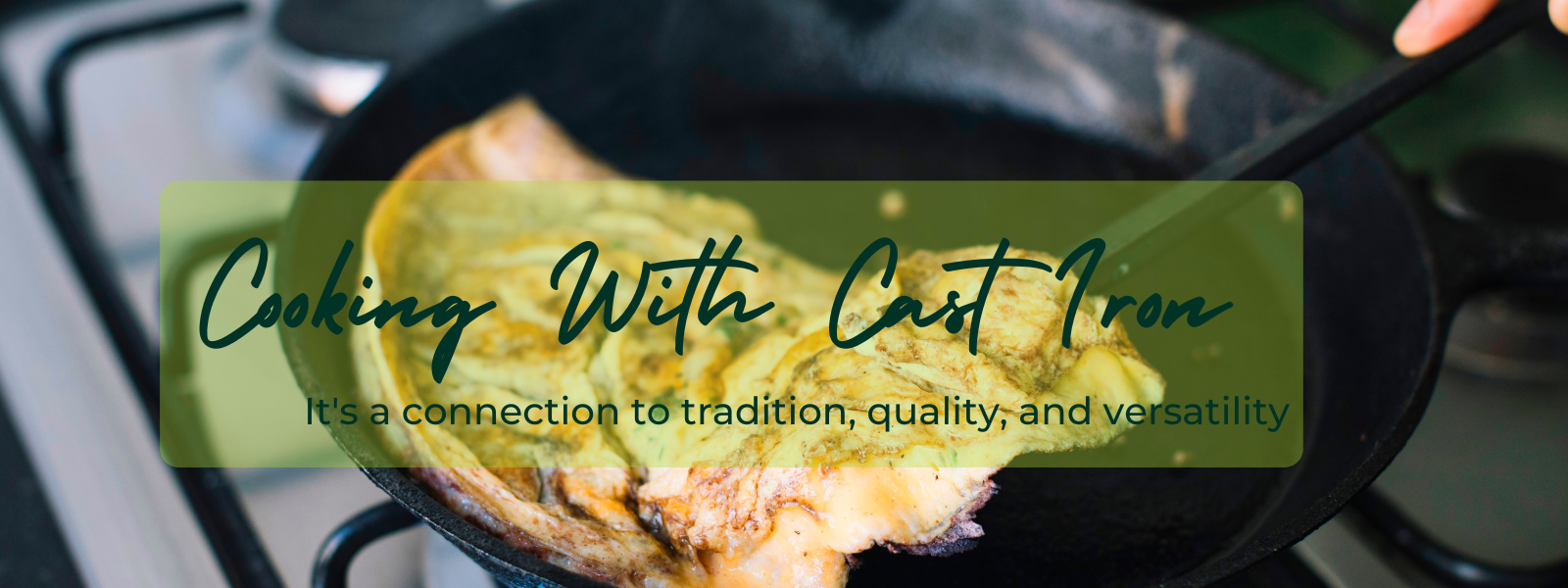
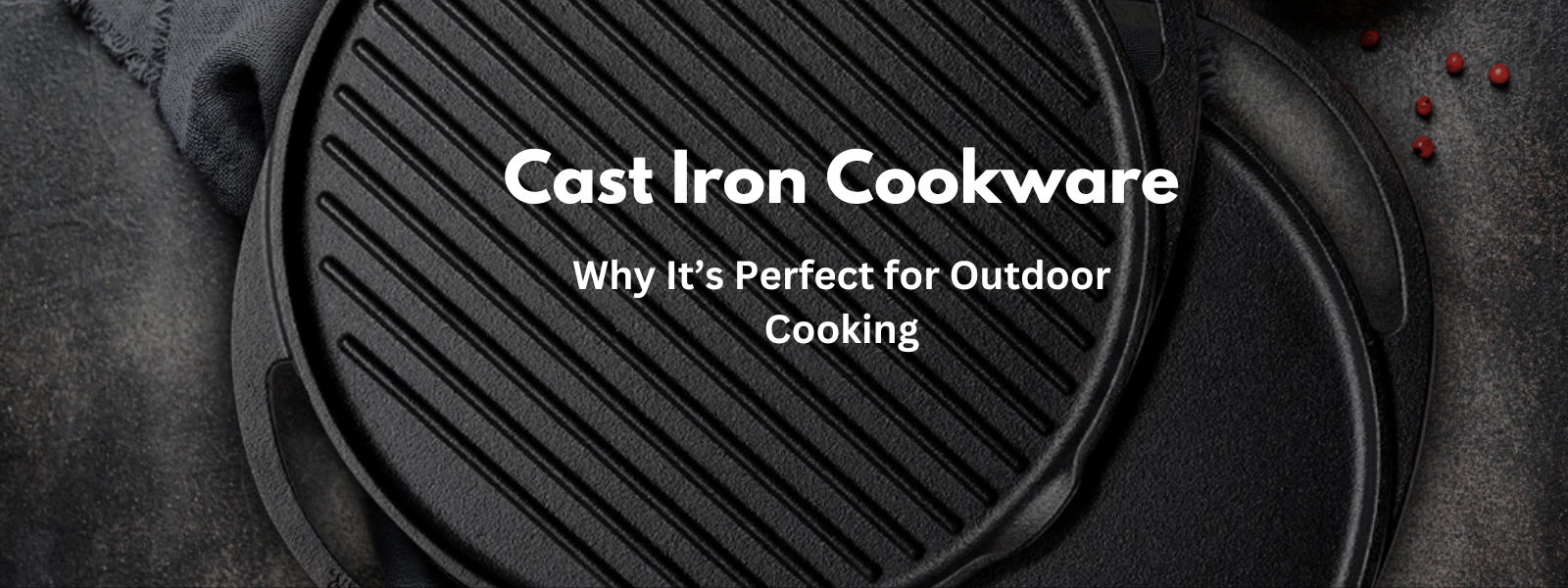
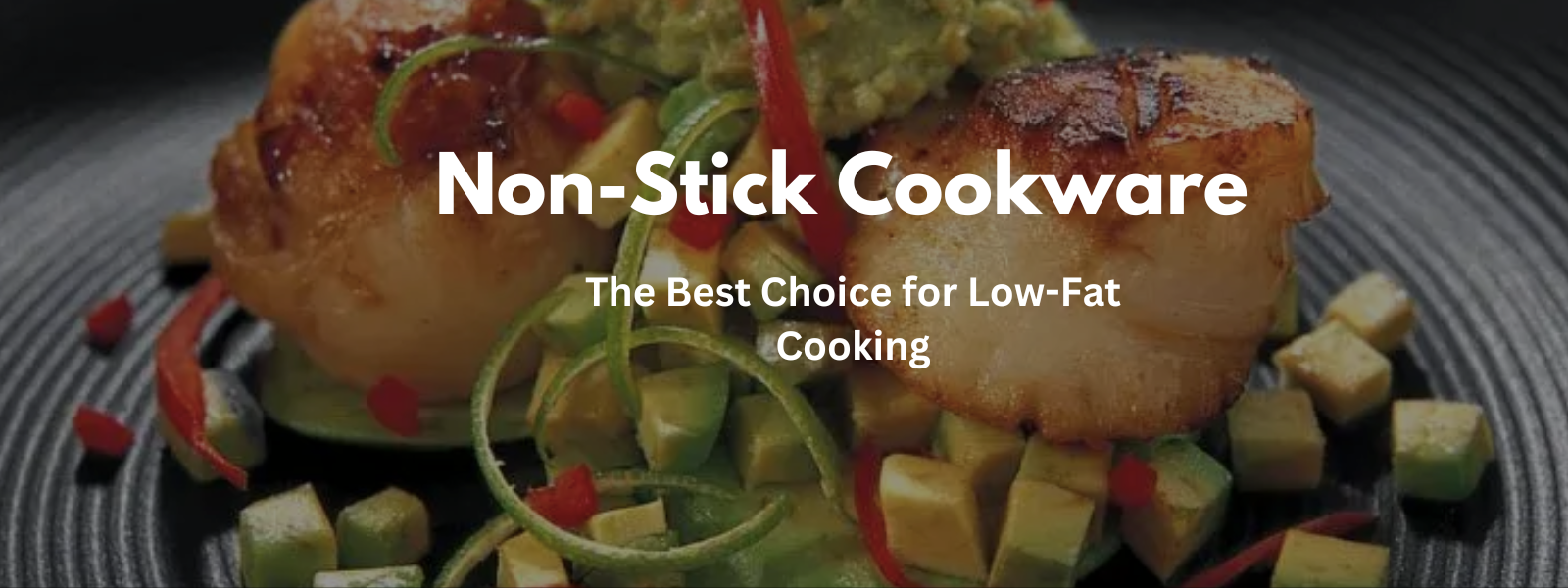
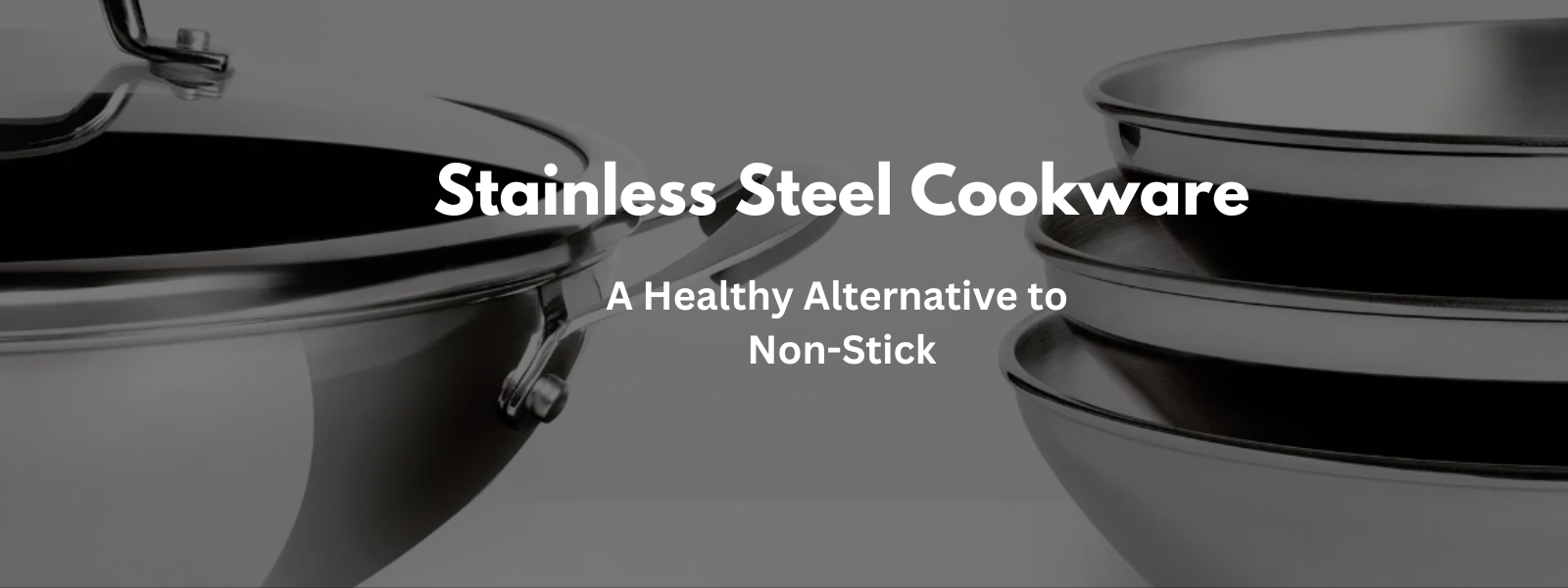
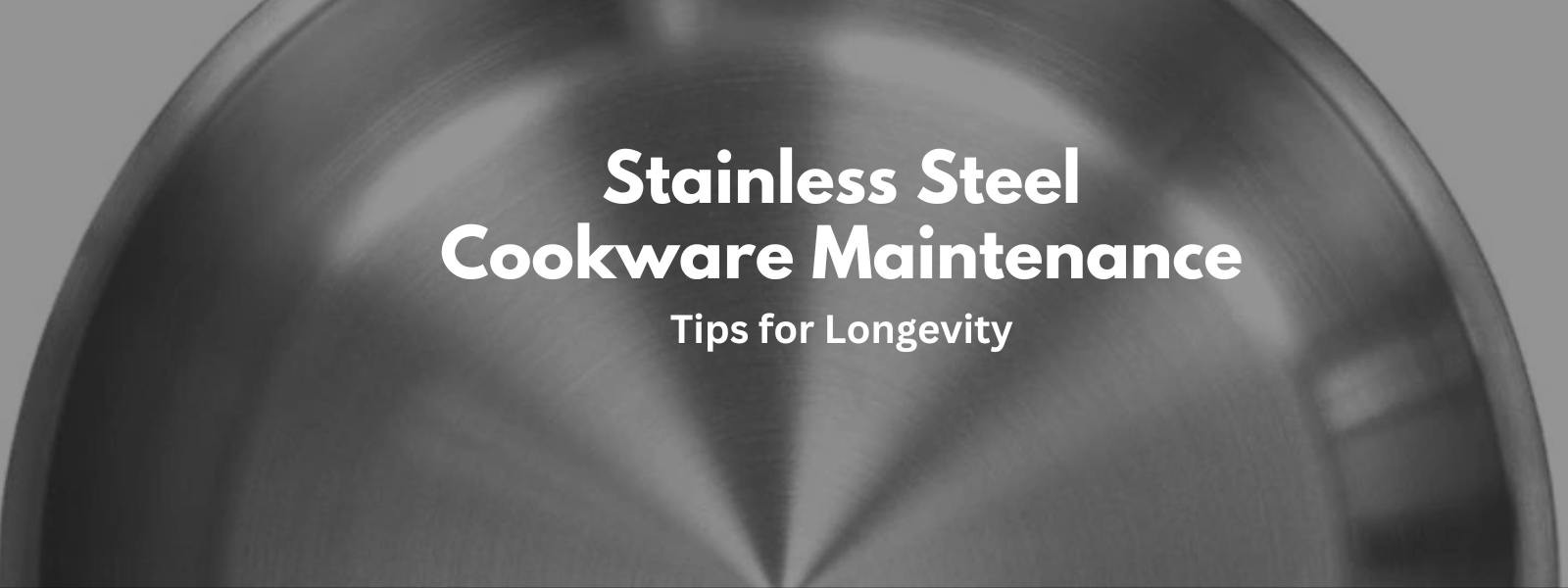
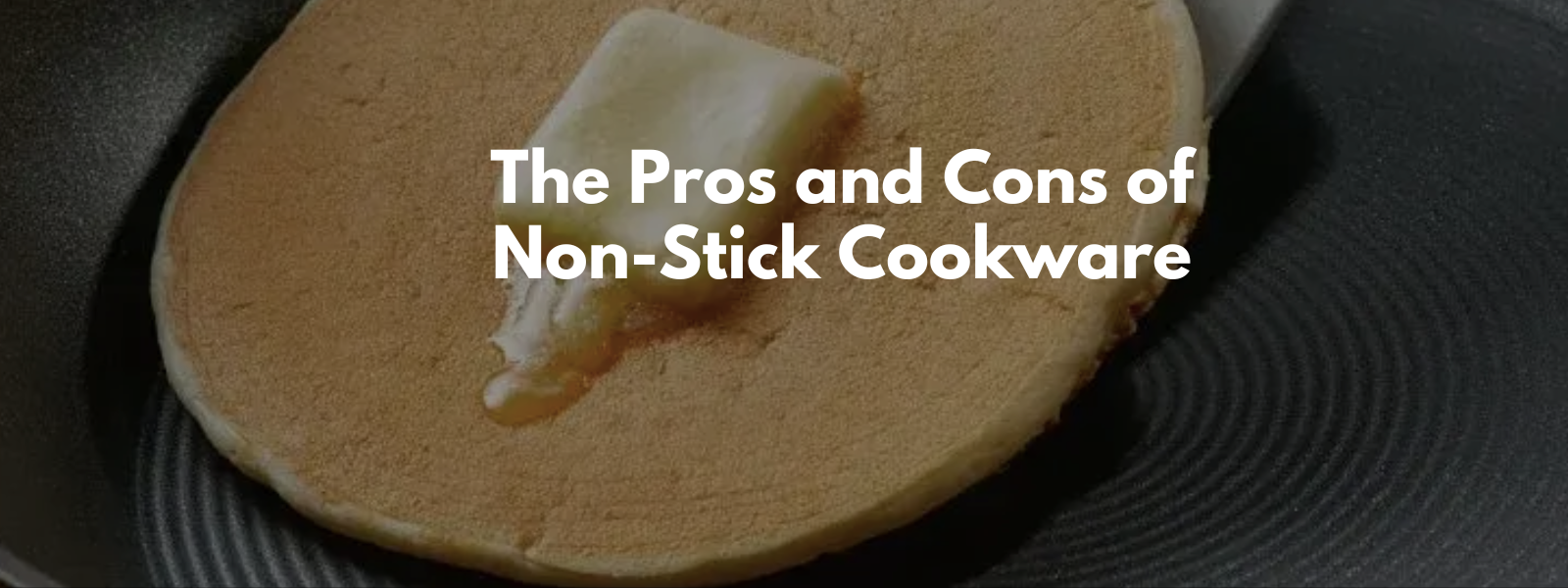
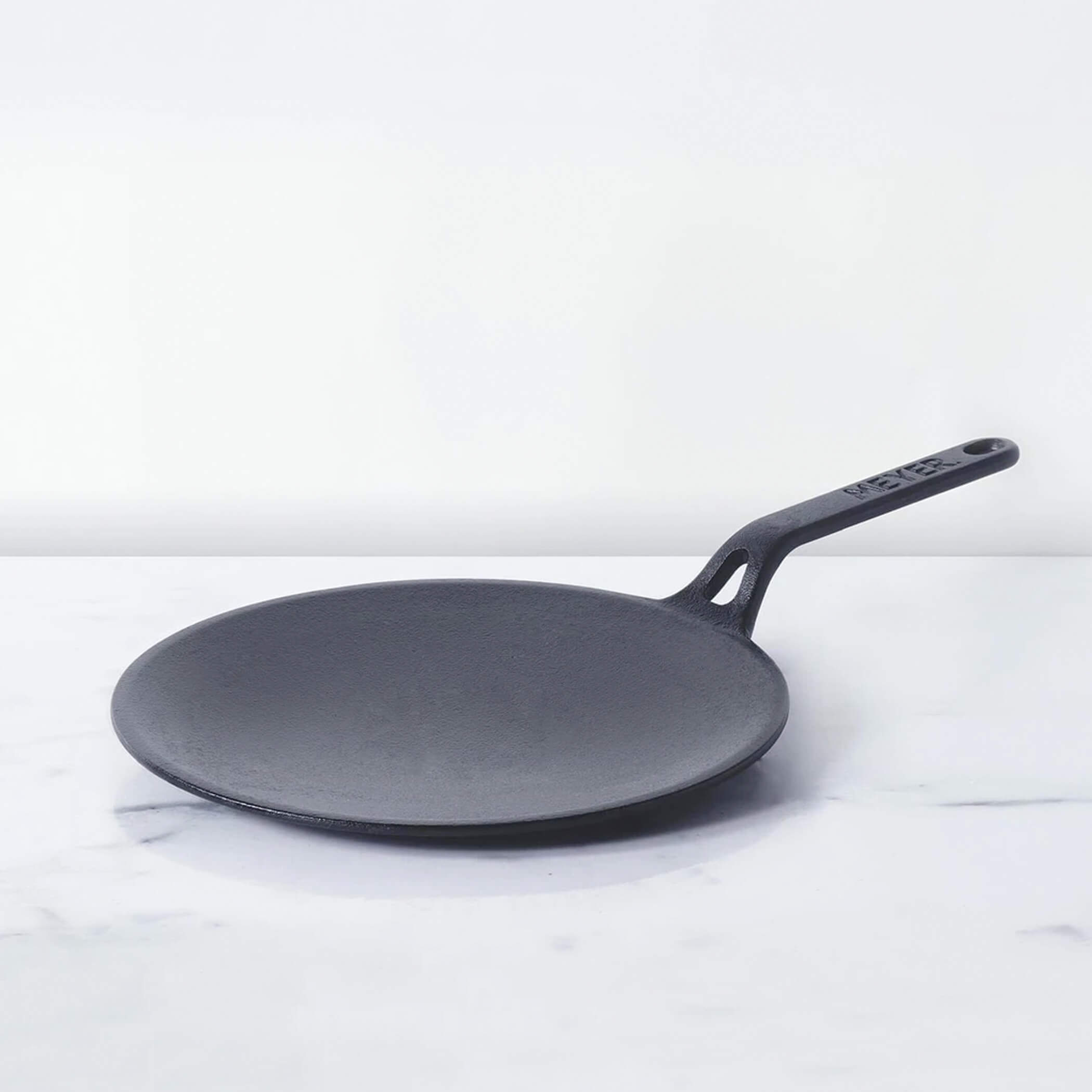
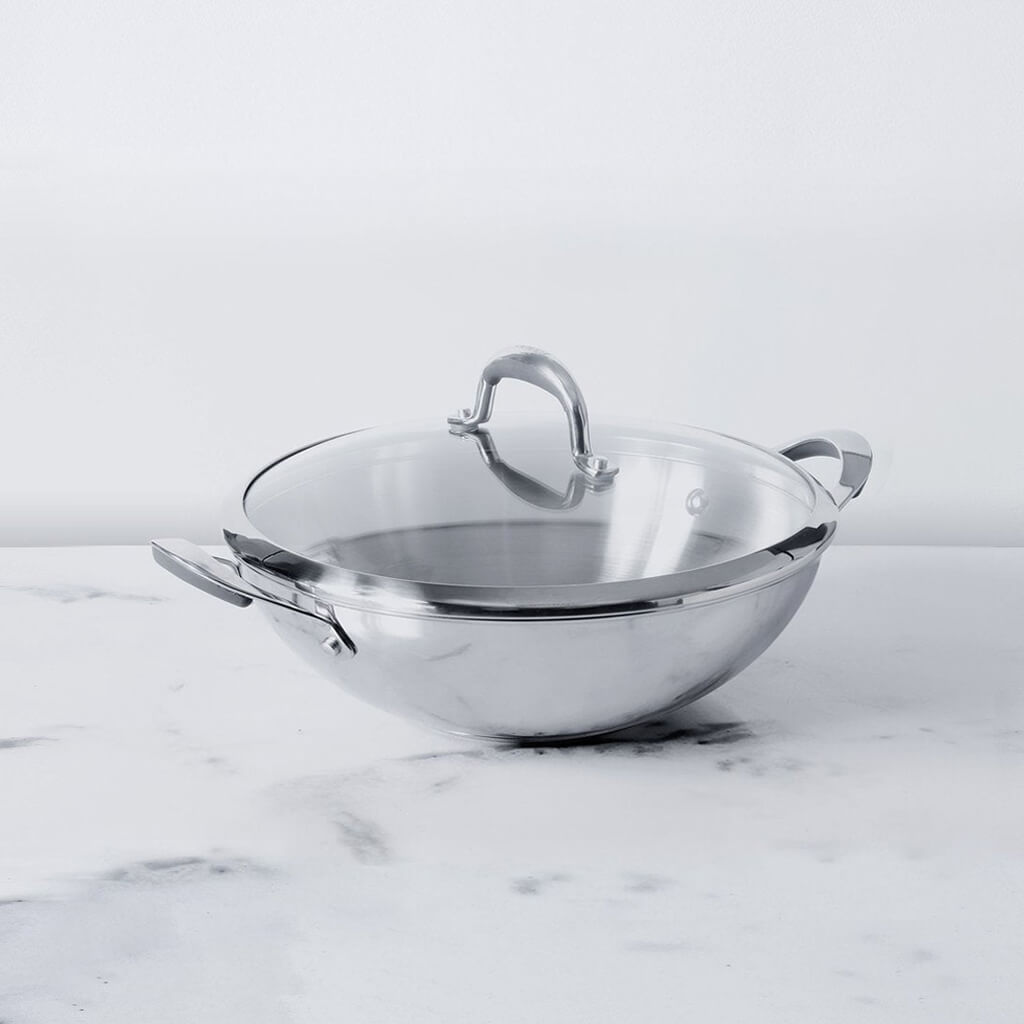




Leave a comment